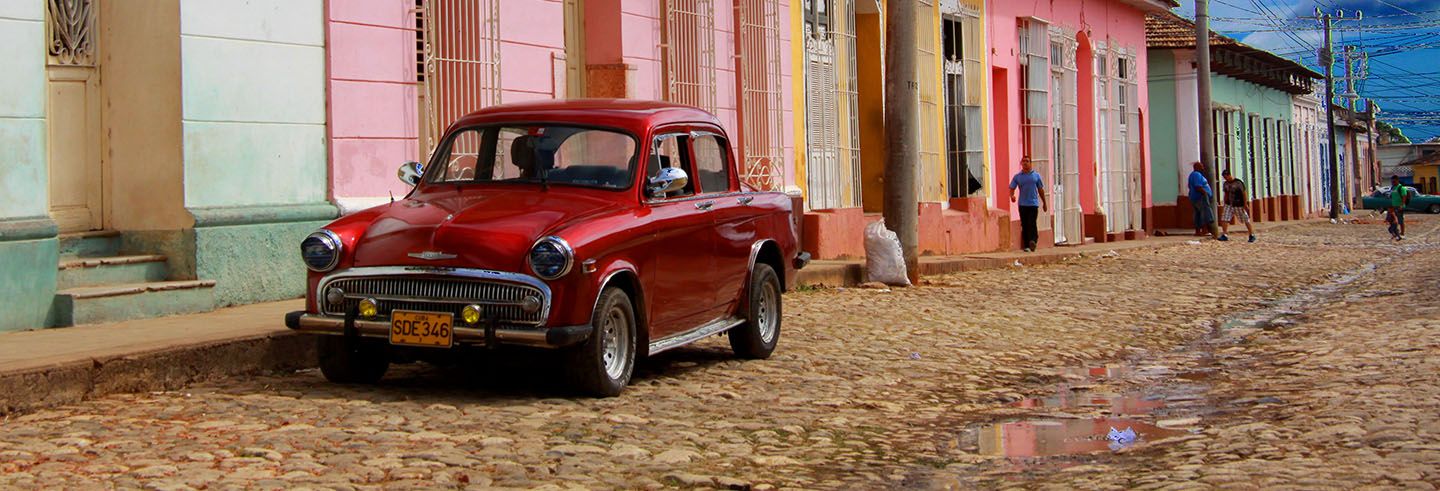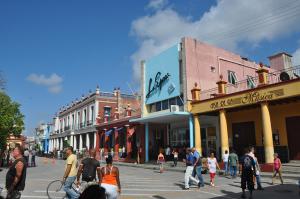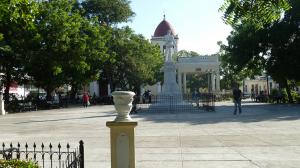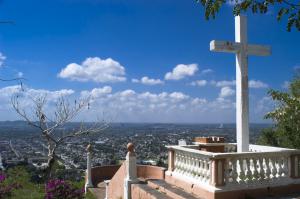

City of Holguín, Cuba
Explore the capital of Holguín province, a lovely city that is blessed with one of the oldest cultural traditions in Cuba
The town of Holguín, the capital of the homonymous province and known as the Ciudad de los Parques (City of Parks) as well. It is a town with a gorgeous historic centre that commemorates its colonial past. Your stay here presents you with an opportunity to dive into the history and daily life of Cuba.
Having a nice walk on the streets of the urban centre you will discover the reason for its alias. The town stands out because of its big as well as beautiful parks where you can find very significant buildings and institutes. Around the Céspedes Park, Peralta, Calixto García and the Plaza de la Marqueta you get a chance to meet the various museums of the town where the peculiar history of the town as well as some of its most important figures, like the characteristics of the region’s natural heaven and artistic expositions are on display, which exemplifies the splendid Cuban art.
Despite the most interesting places being located on the main streets, your visit to Holguín would not be completed till you go up the Loma de la Cruz, a small terrain elevation of great historic and cultural importance in the north of town where you get a paradisal outlook of the entire town.
Another spot you should know during your trip in Holguín is the Mirador de Mayabe (Mayabe Viewpoint), a place for total disconnection from city hassle and discovery of natural sceneries of this valley in its splendour. You might want to take full advantage of the viewpoint and swing by a bar that can be found in the area around it. This way you will meet one of the most beloved figures in the municipality, the burro Pancho (Pancho donkey), famous for drinking beer.
A city tour might be very interesting from different points of view thanks to numerous monuments it is home for: the natural elegance of Valle de Mayabe (Mayabe Valley) or the true everyday life of a Cuban city, the famous Cuban temperament, the local art and the culture always accompanied by locally famous organ music and, of course, the history.
The Holguín province was one of the first territories seen by Columbus, who described them as the most beautiful lands I have ever seen. In this idyllic environment after the native uprisings the first governor of Cuba, Diego Velázquez, gave soldier García Holguín the northern lands of Bayamo in 1515. Afterwards he installed a very fruitful farm that grew enormously. In 1752, Santiago de Holguín acquired the city title, which makes it the fourth one in Cuba.
La provincia de Holguín fue uno de los primeros territorios avistados por Colón, quien los describió como las tierras más bellas que jamás hubiera visto. En este entorno idílico tras acabar con las revueltas indígenas, el primer gobernador de Cuba, Diego Velázquez, otorga al soldado García Holguín las tierras al norte de Bayamo en 1515, donde este instala una fructífera hacienda que crecerá enormemente. En 1752, a Santiago de Holguín se le concede el título de ciudad, siendo la cuarta de Cuba.
Since its foundation, probably the most significant event except the independence wars, where Holguín has great importance among historical events. Many pro-independence battles took place in this city and the local heroes who fought in them died and are now honoured. The rebel army on various occasions tried to invade the city by leading attacks like the ones of La Periquera in which important figures, like Calixto García or Julio Grave de Peralta participated.
It is always a good idea to visit this town thanks to its two seasons, the rainy one and the other of less precipitation from November till April. An interesting festival Romerías de Mayo takes place in the beginning of May during which the entire city puts its party clothes on.
Interactive map:
Holguín
City of Holguín
What to see:
- Holguín Cathedral
- Parque Peralta
- Parque Calixto García
- Biblioteca Álex Urquiola
- Parque Céspedes
- Iglesia de San José
- Plaza de la Marqueta
- Plaza de la Revolución Calixto García
- La Loma de la Cruz
- Fábrica de Órganos
- Mirador de Mayabe
Museums:
Gíbara
What to see:
Museums:
- Museo de Historia Natural
- Museo de Historia Municipal
- Museo de Artes Decorativas
- Galería Cosme Proenza
Beaches:
Banes
What to see:
- Guardalavaca
- Parque Natural Cristóbal Colón
- Sitio Histórico de Birán
- Acuario de Cayo Naranjo
- Bioparque Rocazul
- Parque Nacional Monumento Bariay
- Iglesia de Nuestra Señora de la Caridad
- Locomotora a vapor 964
Museums:
Beaches:
Other nearby destinations:
Why "Cuban Travel Agency"?
"Cuban Travel Agency" is part of the Visitar Cuba project, an organization of Cuban agencies whose objectives are:
- ✓ Disseminate Cuba, its culture and its heritage.
- ✓ Promote sustainable tourism.
- ✓ Support the local economy, prioritizing direct contact with Cuban agencies.
- ✓ Offer budgets without commitment and without cost, from the hand of Cuban experts.
Travel agencies and Tour Operators
If you are an agency or tour operator and you are looking for help to create trips to Cuba, trust our expert hands, we offer special prices.
© www.CubanTravelAgency.Org - All rights reserved.






